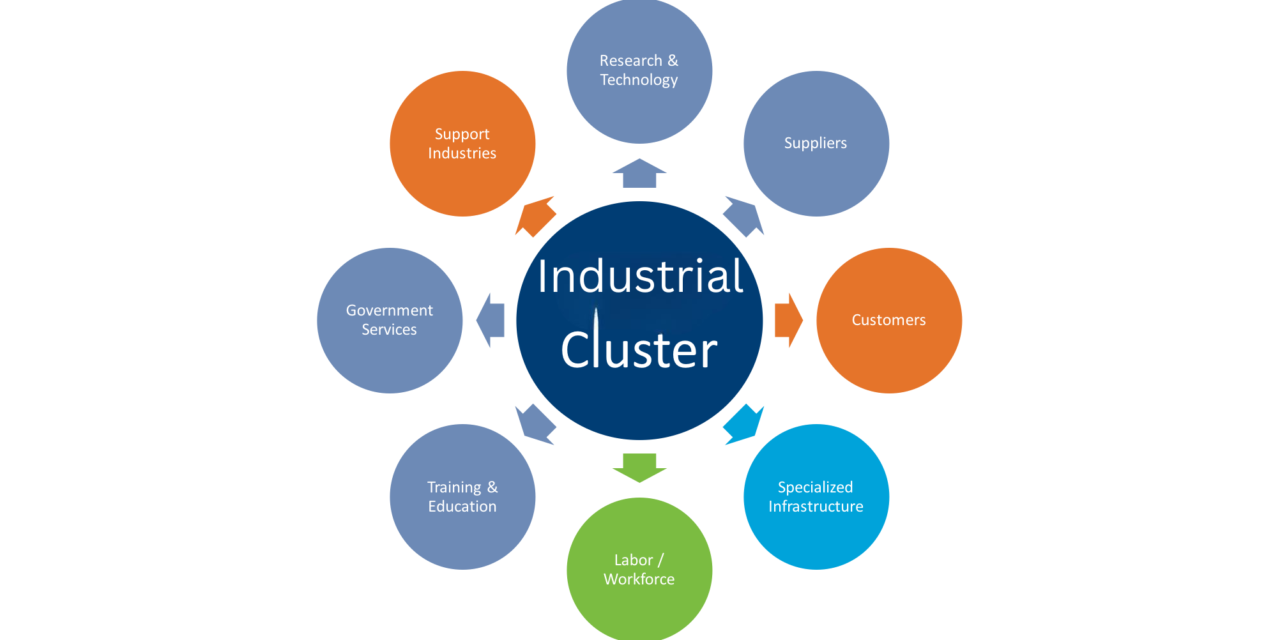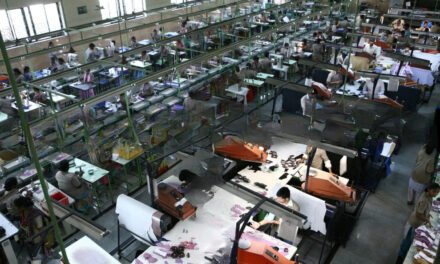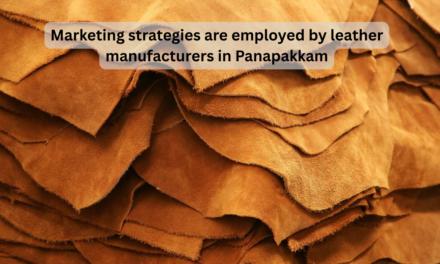Industrial clusters or zones can significantly boost the growth of the leather industry in several ways:
- Improved Infrastructure: Clusters often provide essential infrastructure like roads, power supply, water, and waste disposal facilities, reducing the burden on individual businesses and streamlining operations.
- Enhanced Connectivity: Strategic location of clusters near transportation hubs (airports, seaports, railways) facilitates easier movement of raw materials and finished products, improving market access and reducing logistics costs.
- Shared Resources: Businesses within a cluster can benefit from shared resources like common effluent treatment plants, training centers, and research facilities, reducing individual costs and promoting innovation.
- Specialization and Economies of Scale: Clusters encourage specialization, with businesses focusing on specific areas of the leather value chain. This leads to economies of scale, increased efficiency, and higher productivity.
- Knowledge Sharing and Collaboration: The close proximity of businesses within a cluster fosters knowledge sharing, collaboration, and technology transfer, leading to improved product quality and innovation.
- Attracting Investment: Well-developed clusters attract investment from domestic and foreign companies, leading to increased job creation and economic growth.
- Government Support: Clusters often receive targeted government support in terms of incentives, subsidies, and skill development programs, further boosting their growth.







